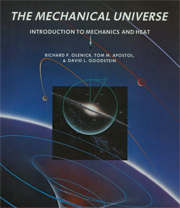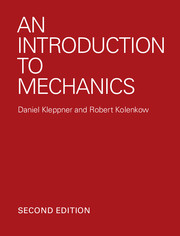The treatment of angular momentum is very important to understand the properties of atoms. It is now time to explore these effects in detail, and to see how this leads to the classification of the quantized states of atoms by their angular momentum.
Conservation of Angular Momentum
In the sections that follow, we will consider several different types of angular momentum and the ways in which they are coupled together. Before going into the details, it is useful to stress one very important point related to conservation of angular momentum. In an isolated atom, there are many forces (and hence torques) acting inside the atom. These internal forces cannot change the total angular momentum of the atom, since conservation of angular momentum demands that the angular momentum of the atom as a whole must be constant in the absence of any external torques. The total angular momentum of the atom is normally determined by its electrons. The total electronic angular momentum is written J and is specified by the quantum number J. The principle of conservation of angular momentum therefore requires that isolated atoms always have well-defined J-states. It is this J-value that determines, for example, the magnetic dipole moment of the atom.
It should be noted in passing that the nucleus can possess angular momentum and that electrons can exchange angular momentum with the nucleus through hyperfine interactions. (See Section 7.8.2.) These interactions are very weak, and can usually be neglected except when explicitly considering nuclear effects. With this caveat, we can safely regard the total electronic angular momentum J as a conserved quantity.
The principle of conservation of angular momentum does not apply, of course, when external perturbations are applied. The most obvious example is the perturbation caused by the emission or absorption of a photon. In this case the angular momentum of the atom must change because the photon itself carries angular momentum, and the angular momentum of the whole system (atom + photon) has to be conserved. The change in J is then governed by selection rules, as discussed, for example, in Section 5.8. Another obvious example is the effect of a strong external DC magnetic field.

